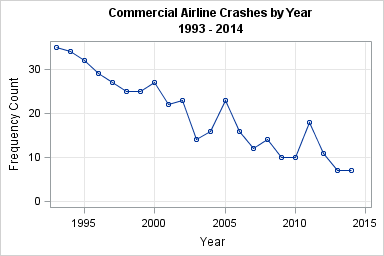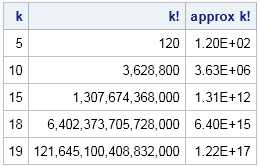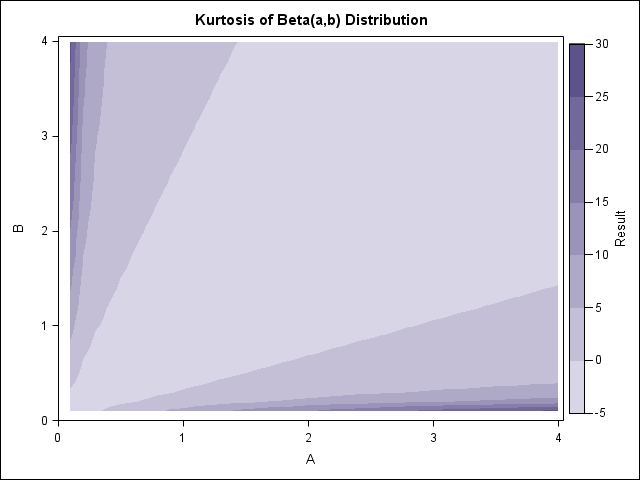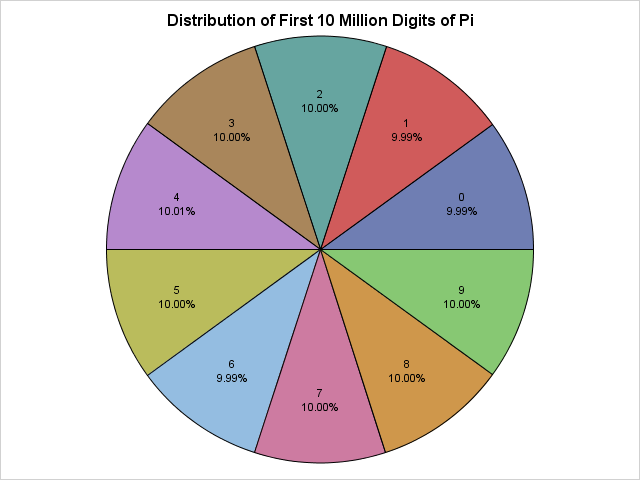
A common question from statistical programmers is how to compute the rank of a matrix in SAS. Recall that the rank of a matrix is defined as the number of linearly independent columns in the matrix. (Equivalently, the number of linearly independent rows.) This article describes how to compute the









